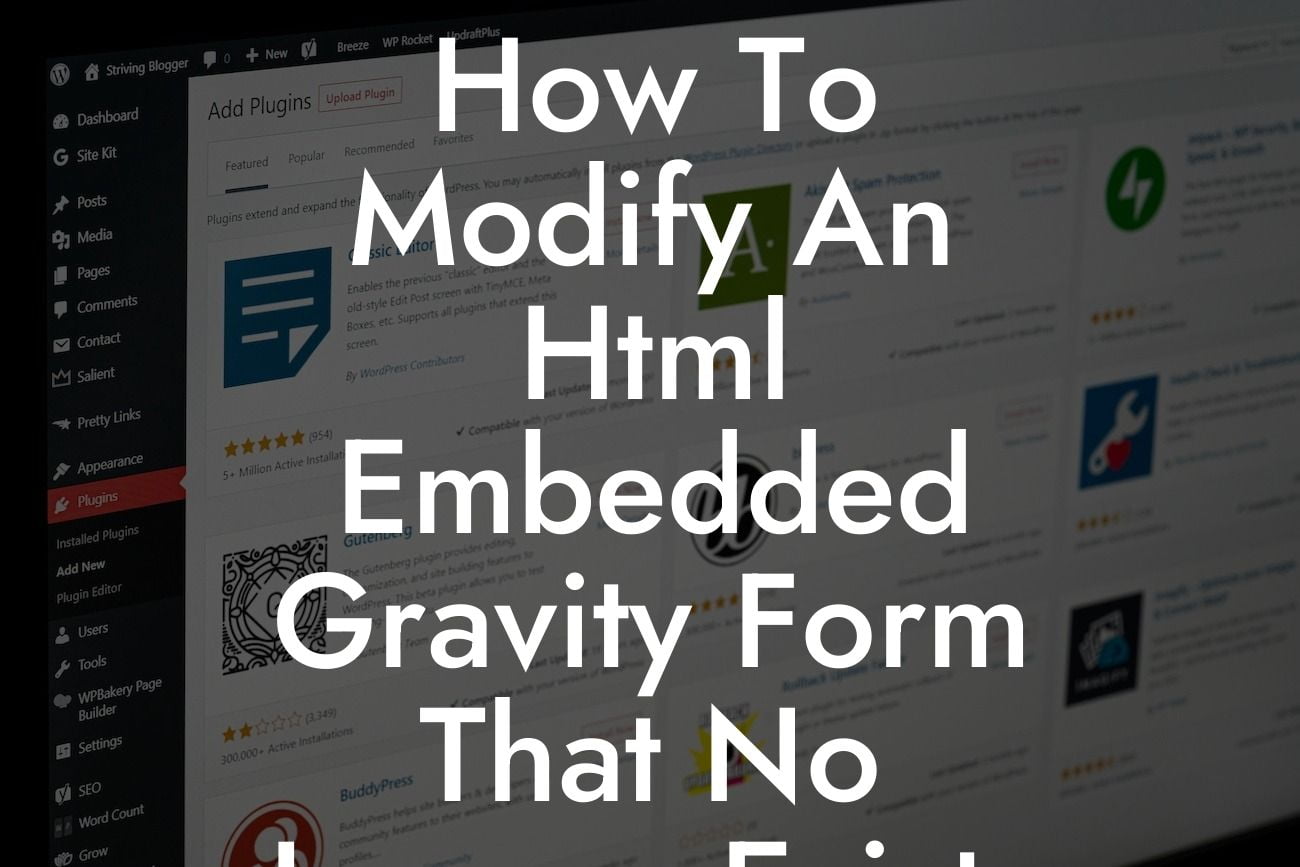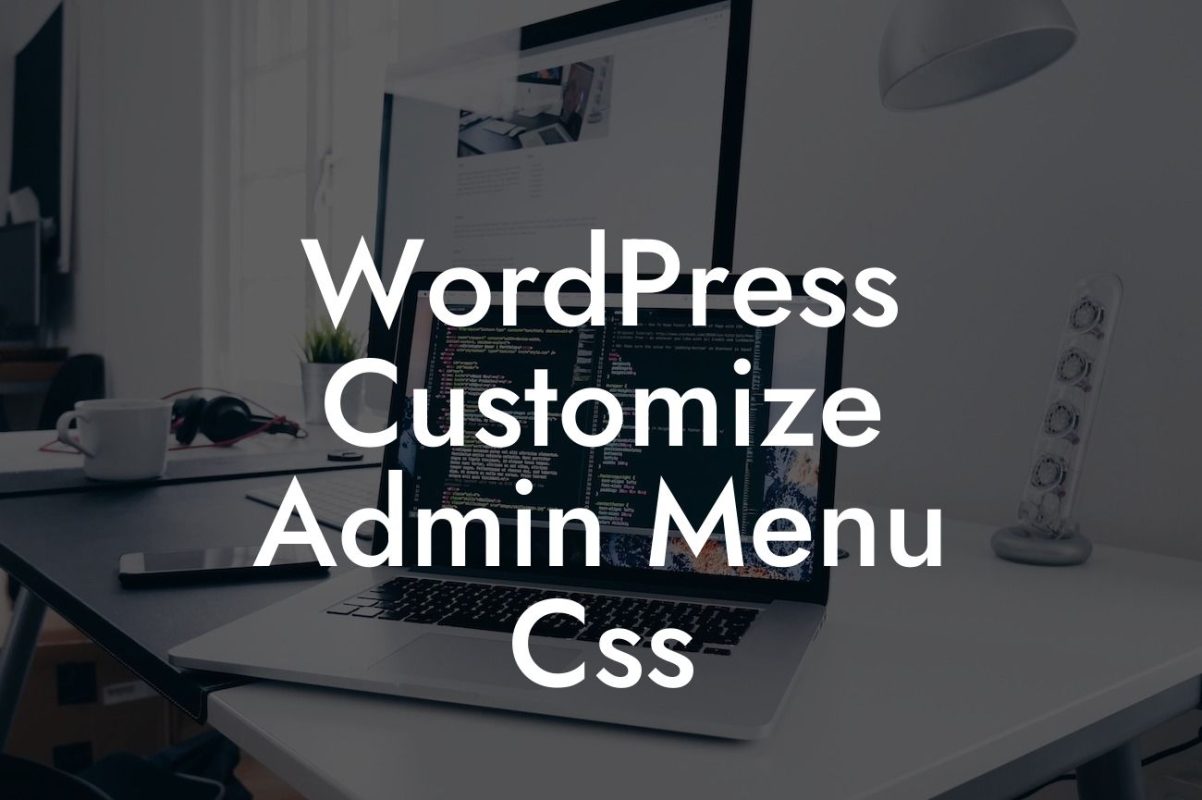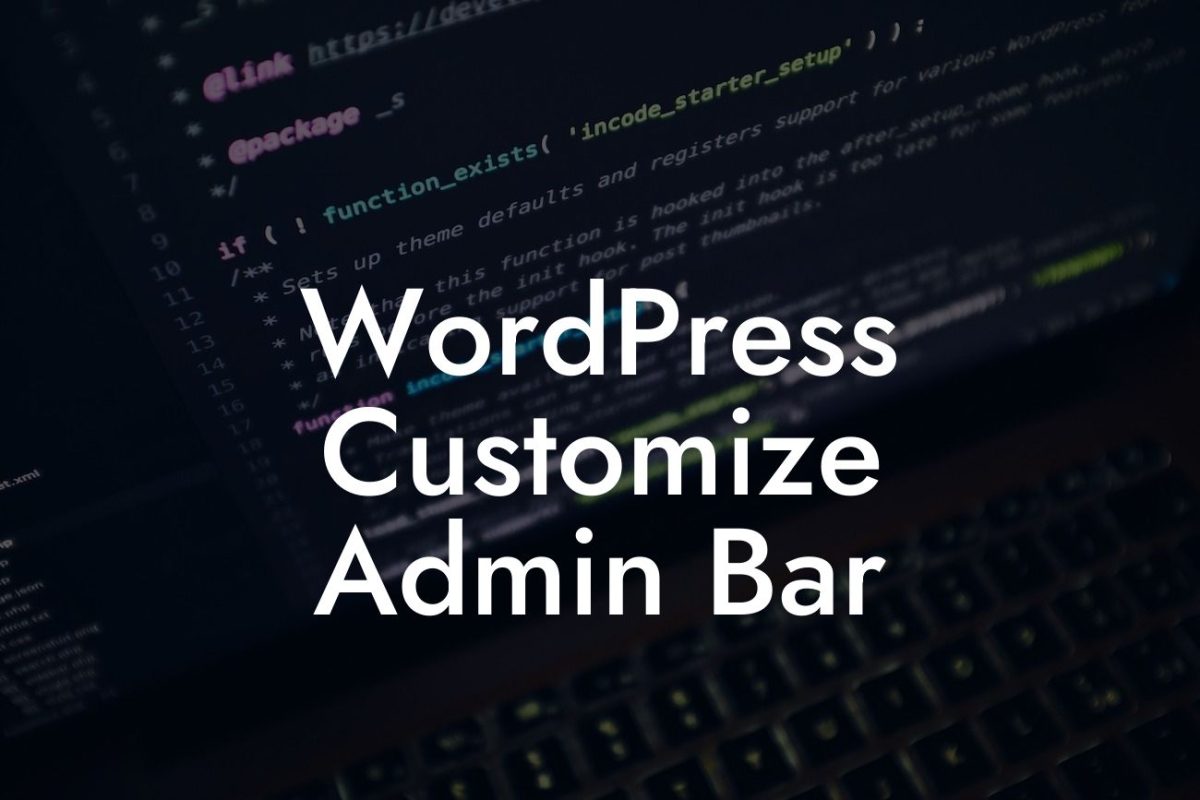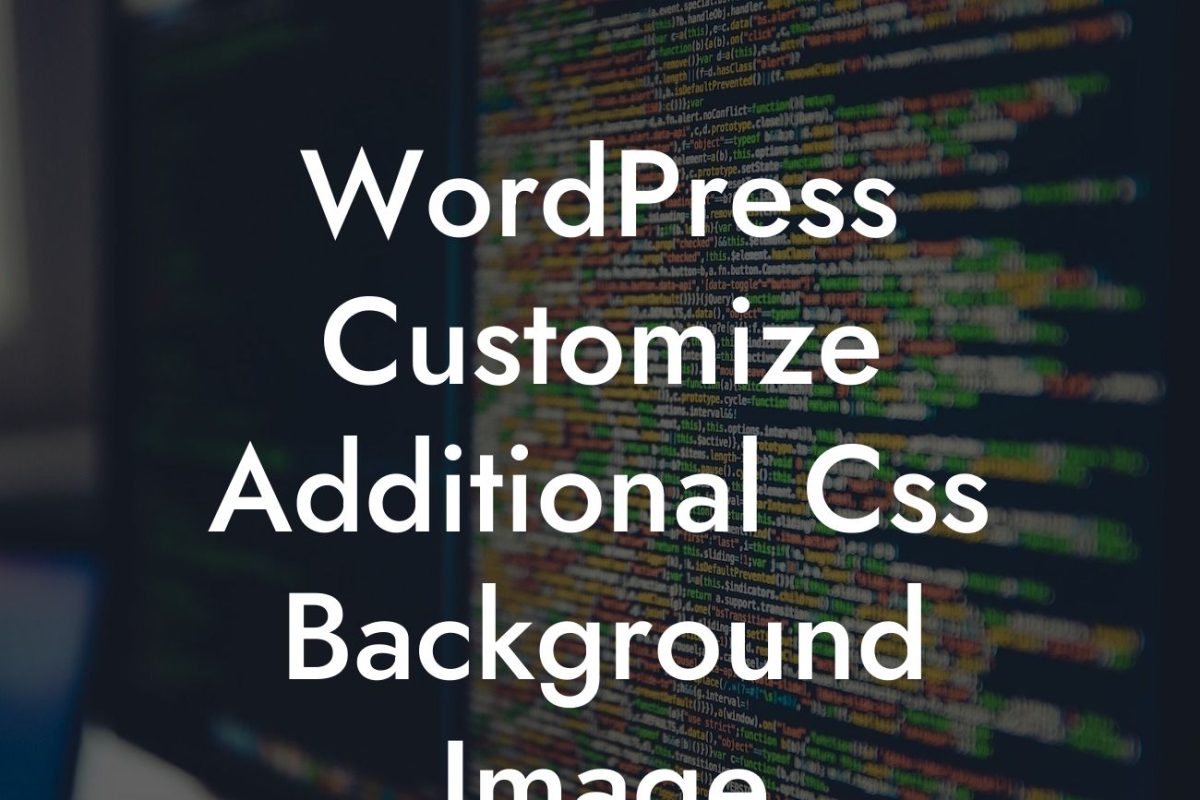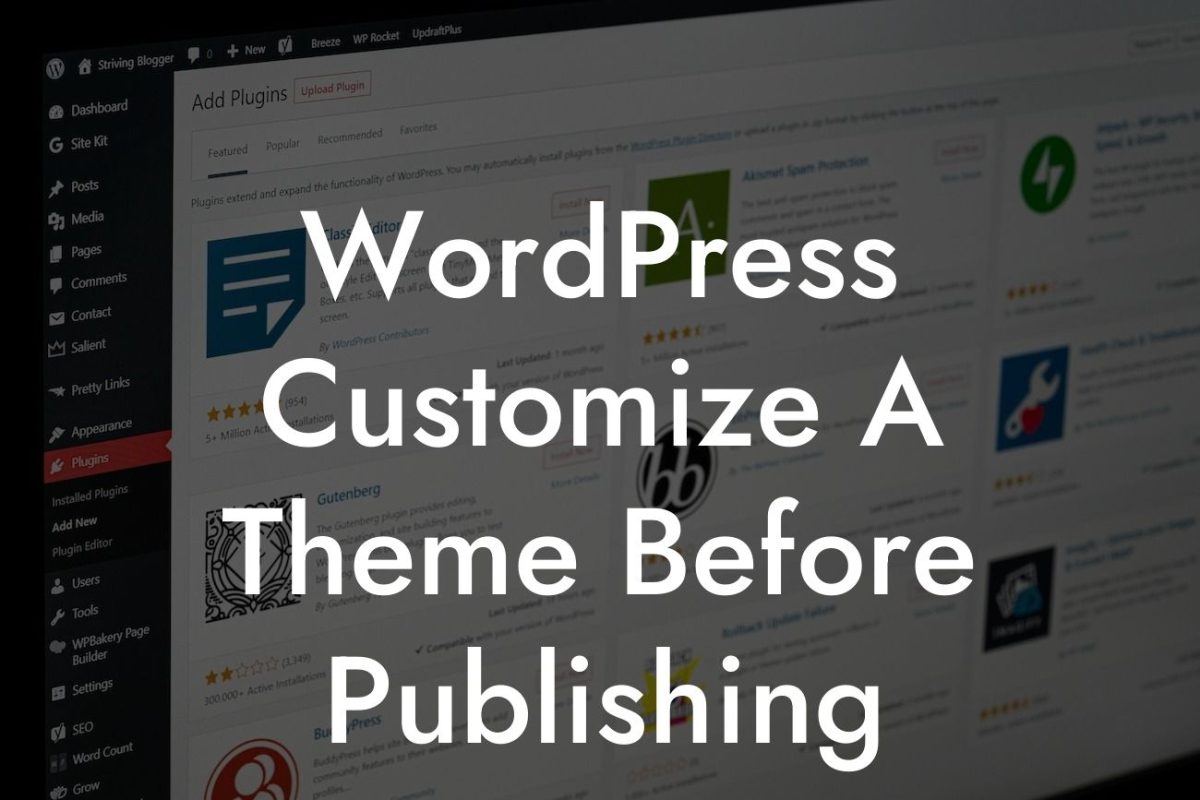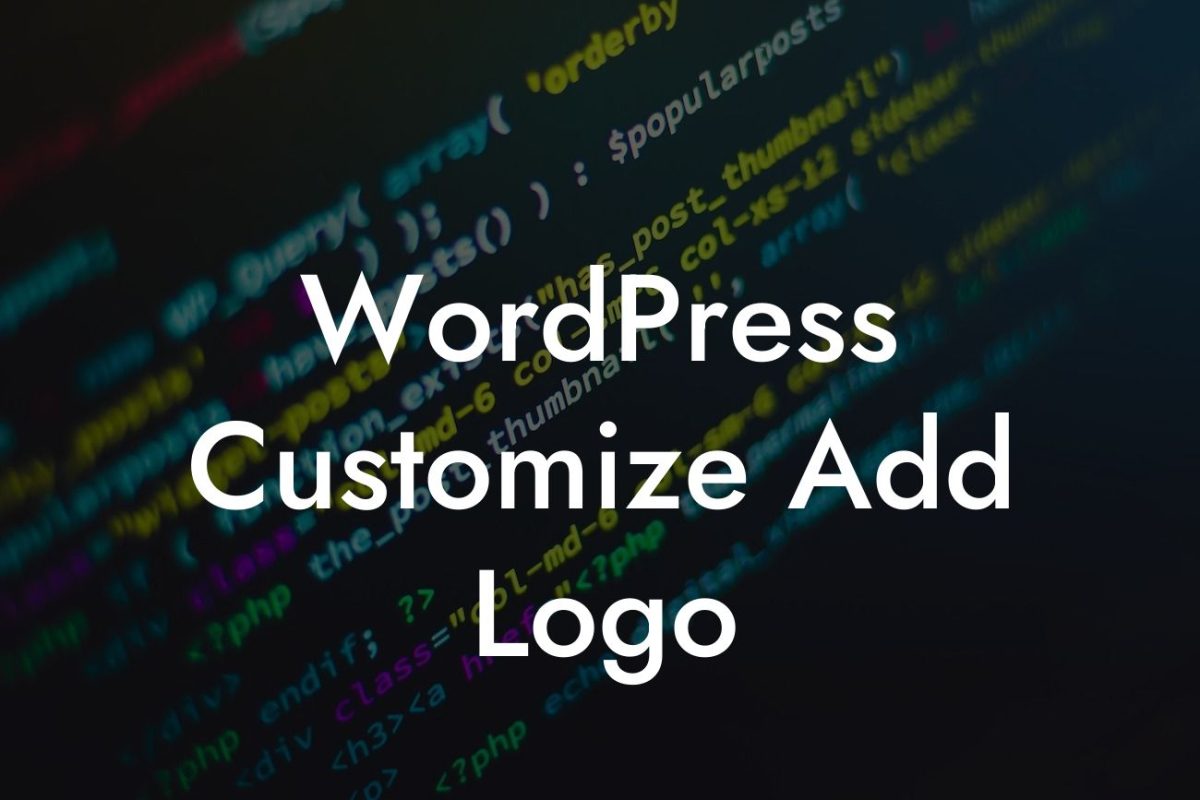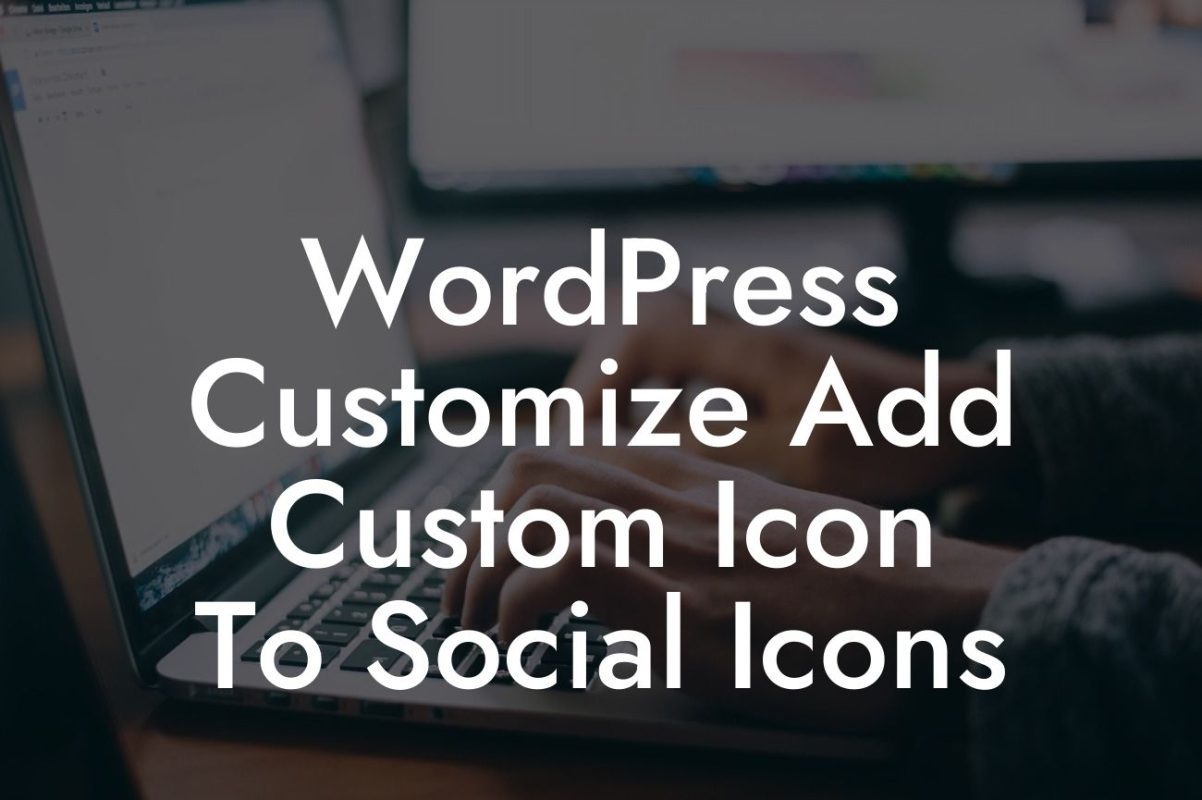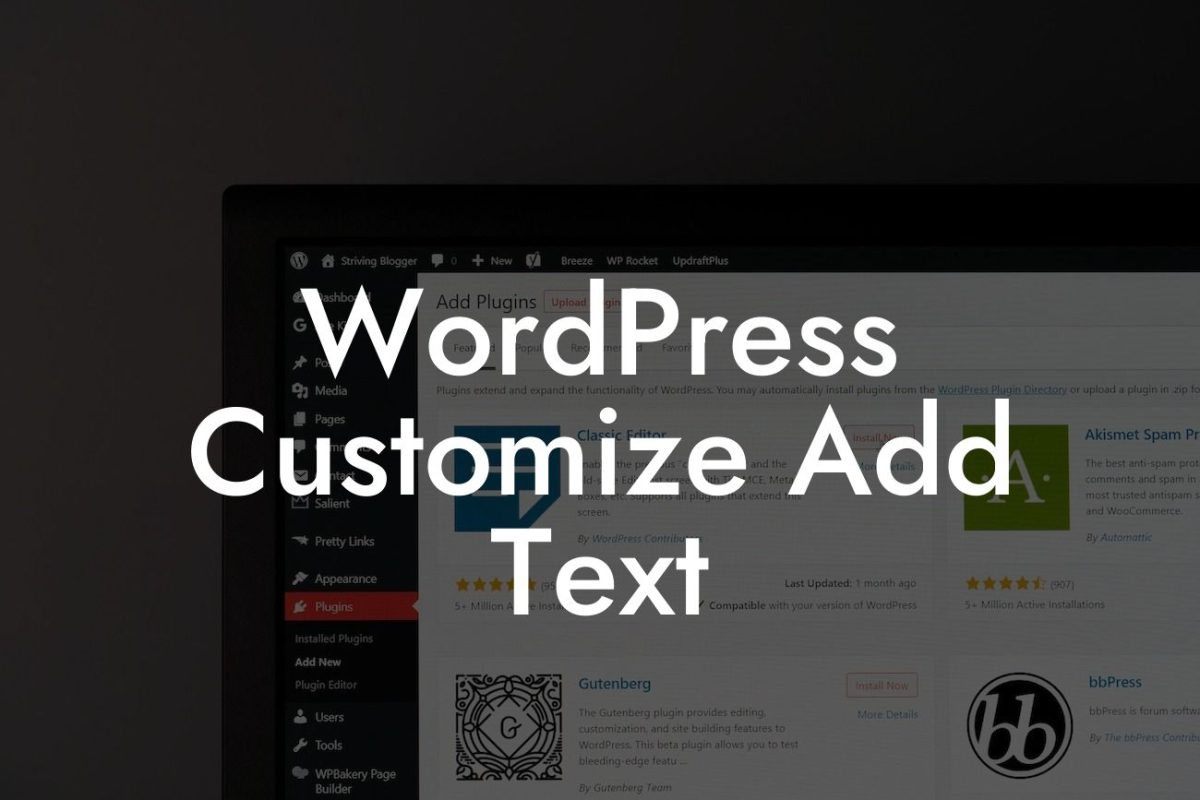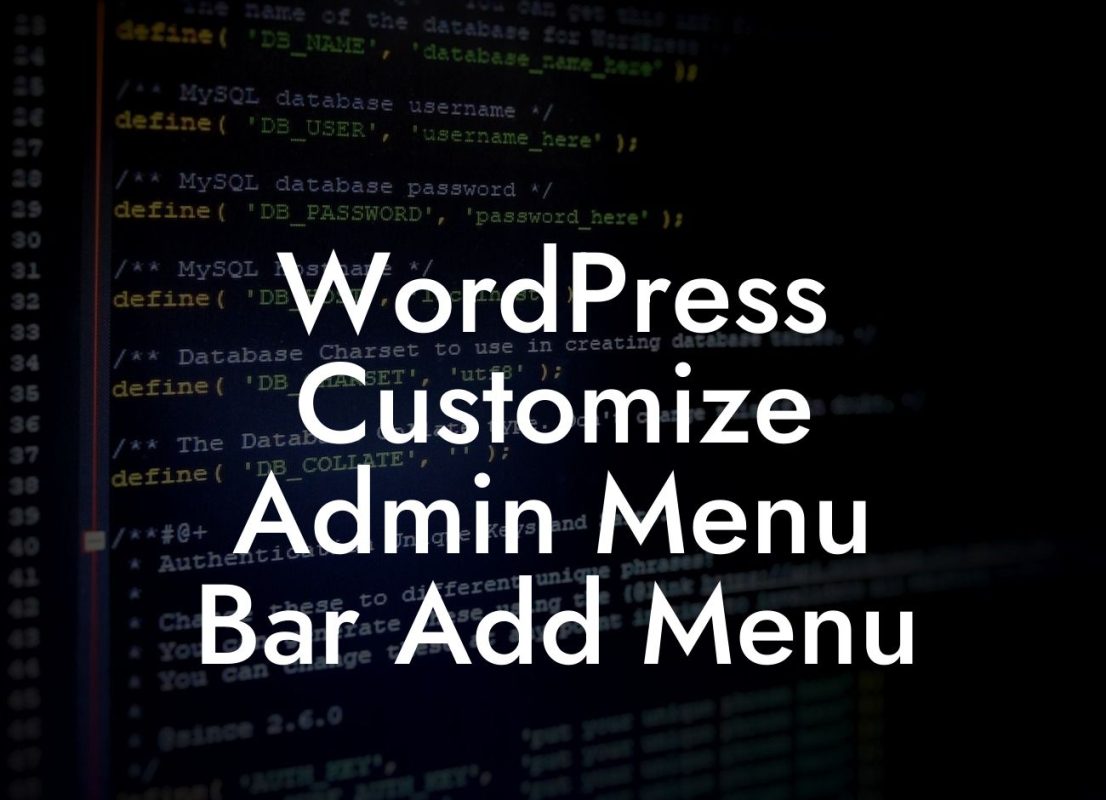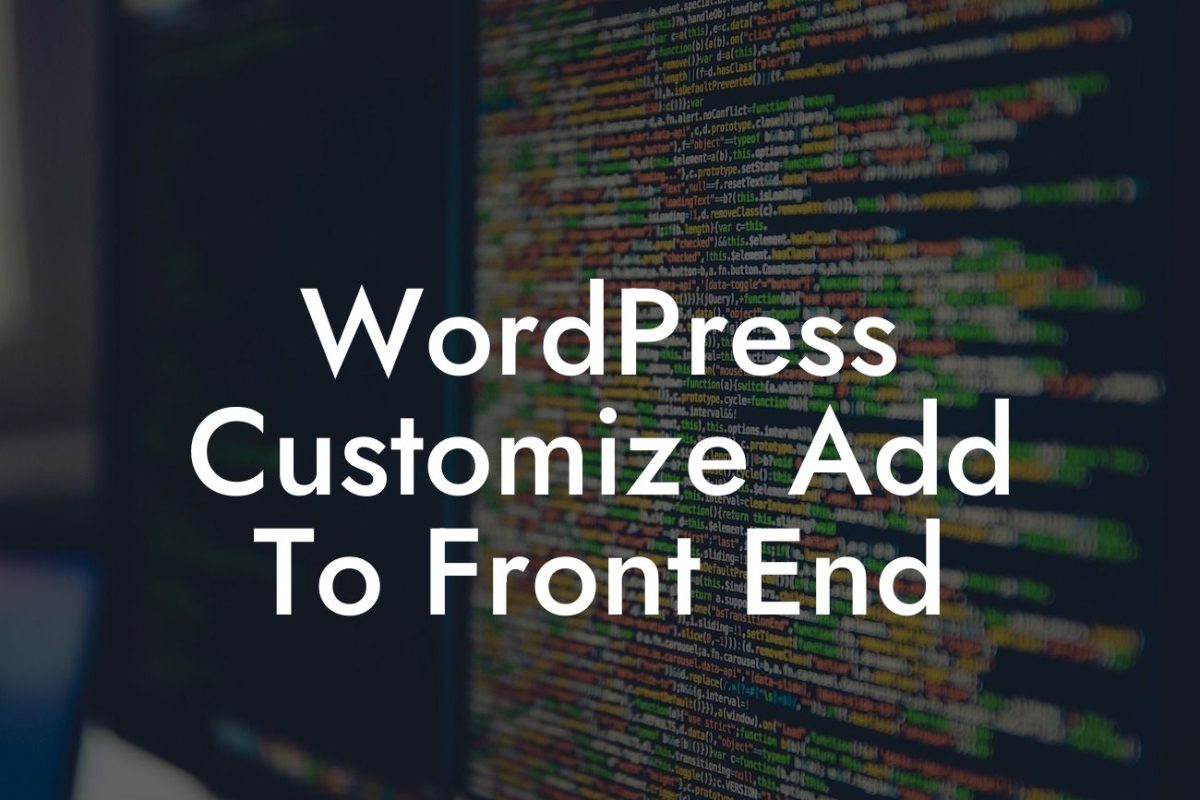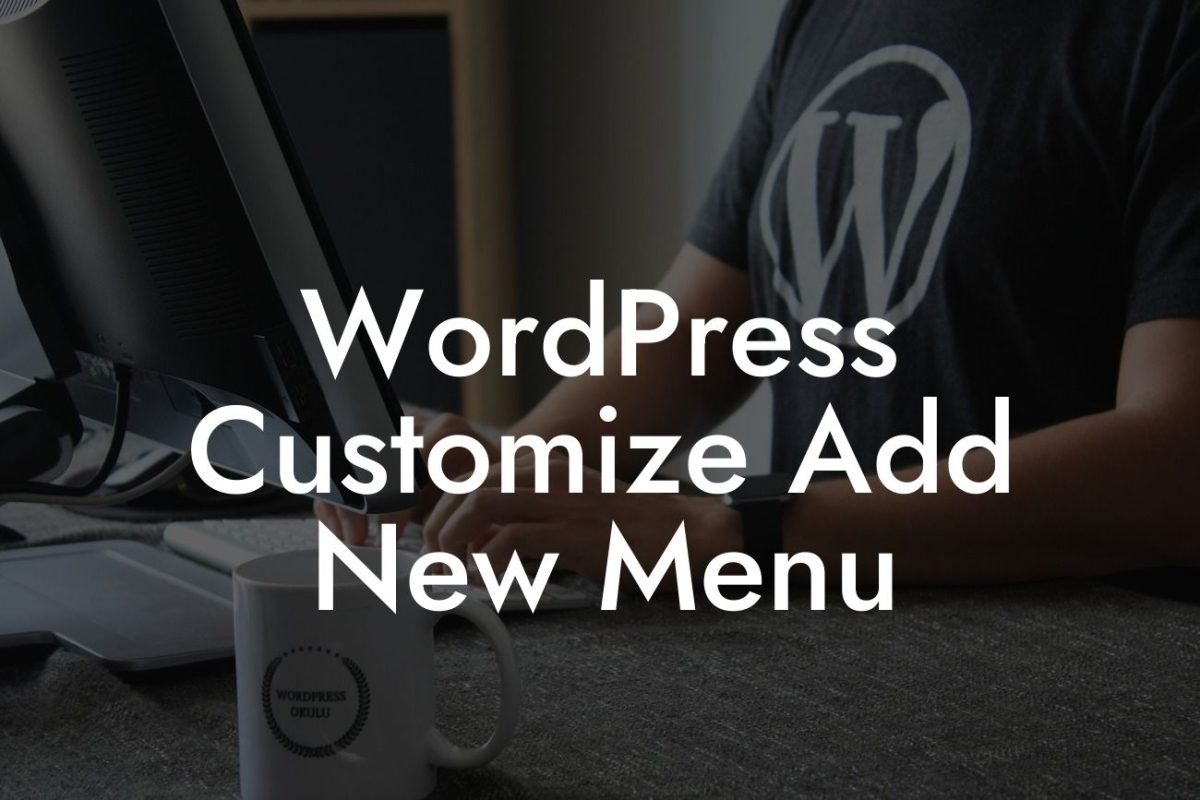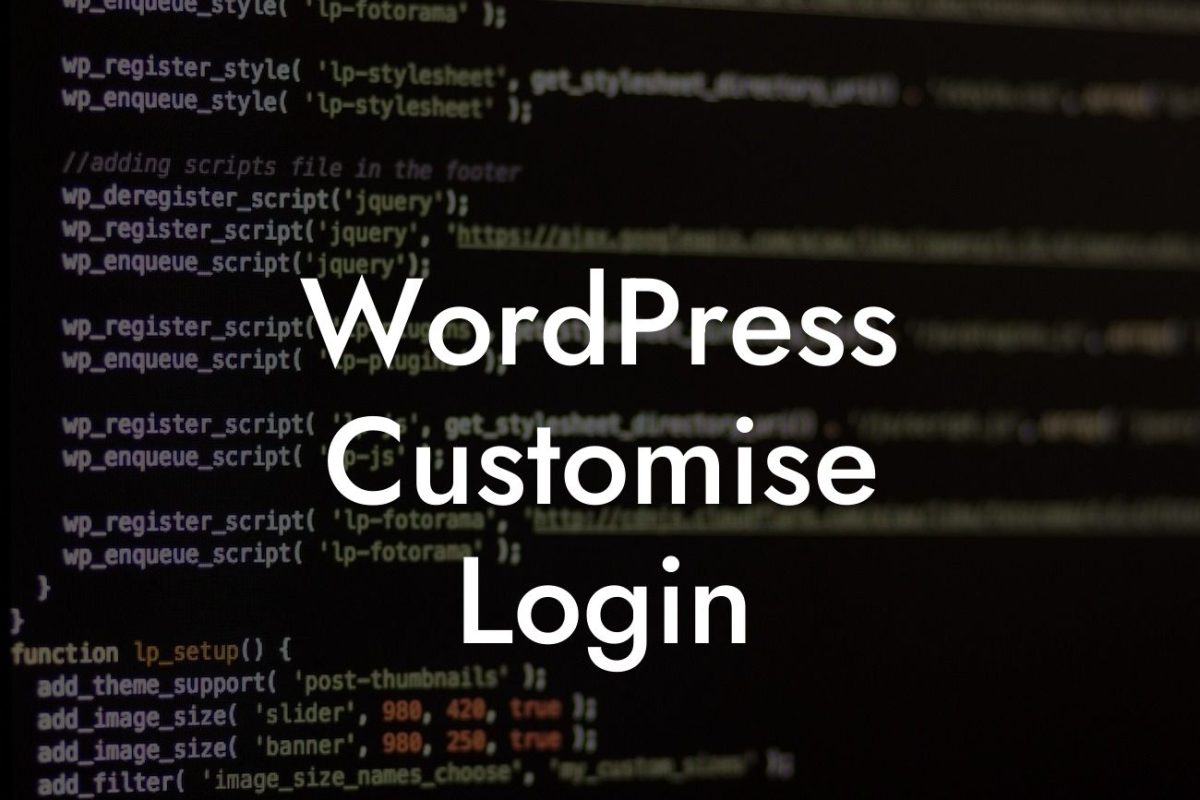In today's fast-paced digital world, having a functional website with reliable forms is crucial for the success of small businesses and entrepreneurs. However, as technology evolves and platforms update, you may encounter situations where embedded Gravity forms in HTML no longer exist in WordPress. Don't fret – in this comprehensive guide, we'll show you how to modify these forms to ensure uninterrupted functionality on your website. Say goodbye to frustrating form errors and hello to smooth sailing!
Gravity forms are a popular tool for creating forms in WordPress, offering extensive customization options and a user-friendly interface. However, changes to your website or updates to the Gravity Forms plugin can occasionally lead to broken forms displayed through HTML embedding. But worry not, as we've got you covered.
To begin modifying your HTML embedded Gravity form, you first need to determine the root cause of the issue. This could be due to changes in the form's structure, conflicts with other plugins, or outdated code. Once you've identified the problem, follow these steps to rectify it:
1. Update the form shortcode: Start by identifying the correct shortcode for the Gravity form you want to modify. You can find the form shortcode by visiting the Gravity Forms section in your WordPress dashboard. Replace the outdated shortcode in the HTML code with the updated version.
2. Resolve conflicts with other plugins: If the form still doesn't work after updating the shortcode, it may be conflicting with another plugin on your website. Deactivate all other plugins except Gravity Forms and test if the form functions correctly. If the issue resolves, reactivate each plugin one by one until you identify the conflicting plugin. Contact the plugin's support team or seek assistance from a developer to find a solution.
Looking For a Custom QuickBook Integration?
3. Review and update form structure: If conflicts with other plugins aren't the culprit, review the form structure in Gravity Forms. Ensure that all form fields are correctly configured, and there are no outdated or redundant settings. Make necessary modifications, such as updating field labels, changing field types, or adding new form elements.
4. Modify CSS styling: If your form's appearance is not in line with your website's overall design, consider modifying the CSS styling. Gravity Forms provides options to customize the form's look and feel, including font styles, colors, and alignment. Experiment with different styles until you achieve the desired result.
How To Modify An Html Embedded Gravity Form That No Longer Exists In Wordpress Example:
Let's say you have an embedded Gravity form for newsletter subscriptions on your WordPress site, but it suddenly stops working. After identifying the issue and updating the form shortcode, you realize that a conflict with a caching plugin is causing the problem. By deactivating the caching plugin and retesting the form, you successfully fix the issue and ensure your visitors can subscribe effortlessly.
Congratulations! You've successfully learned how to modify an HTML embedded Gravity form that no longer exists in WordPress. By following the steps outlined in this guide, you can overcome form-related challenges and maintain a seamless user experience on your website. Remember, DamnWoo is here to support your online success. Don't forget to explore our other informative guides and try out our awesome WordPress plugins for even more customization options. Share this article with others who may also benefit from these insights. Together, we can elevate your online presence and achieve extraordinary results!

